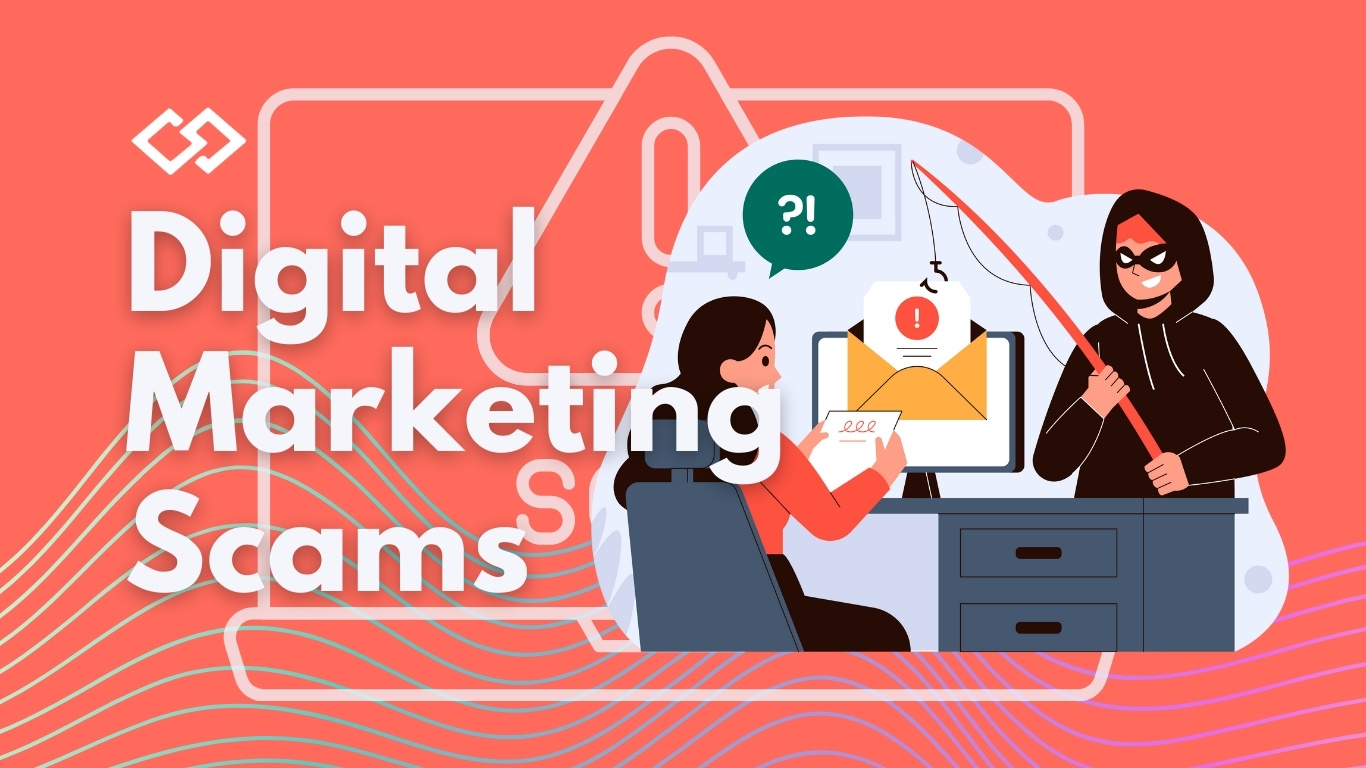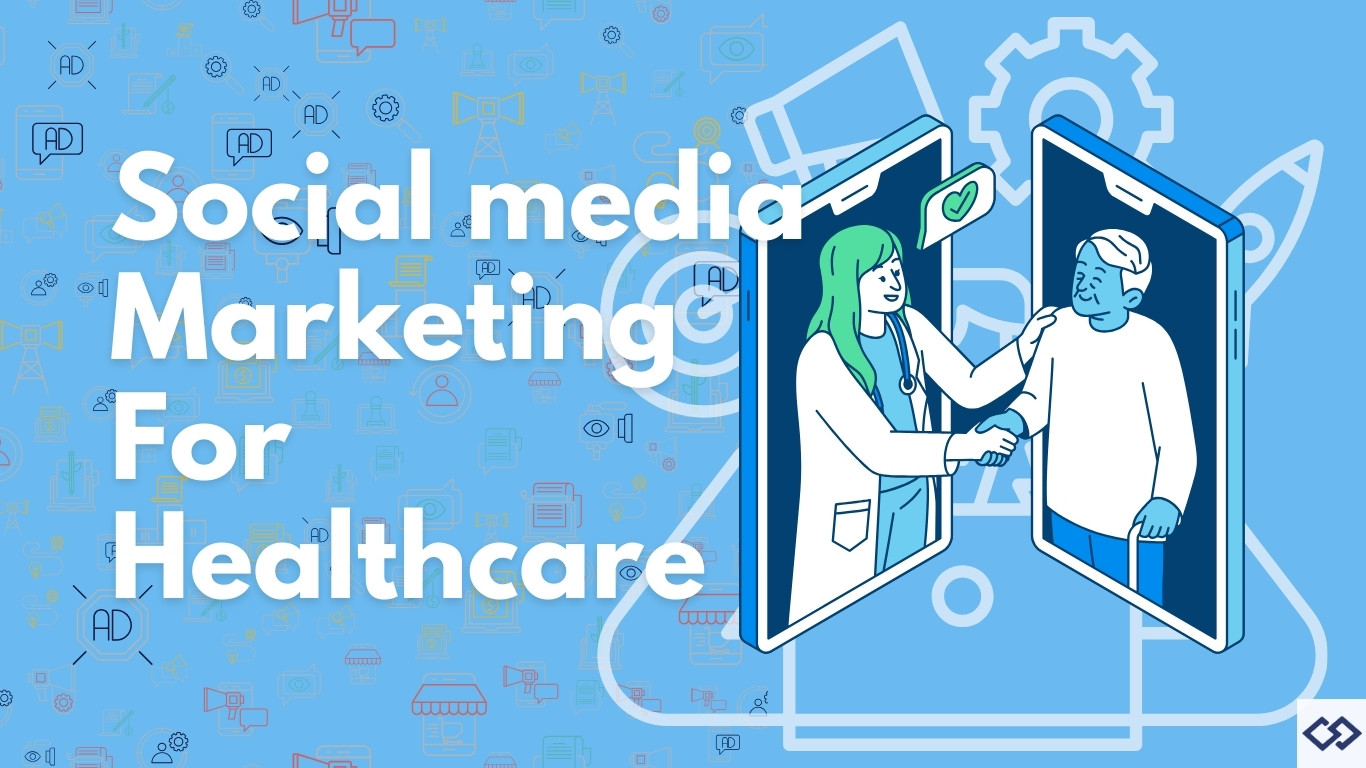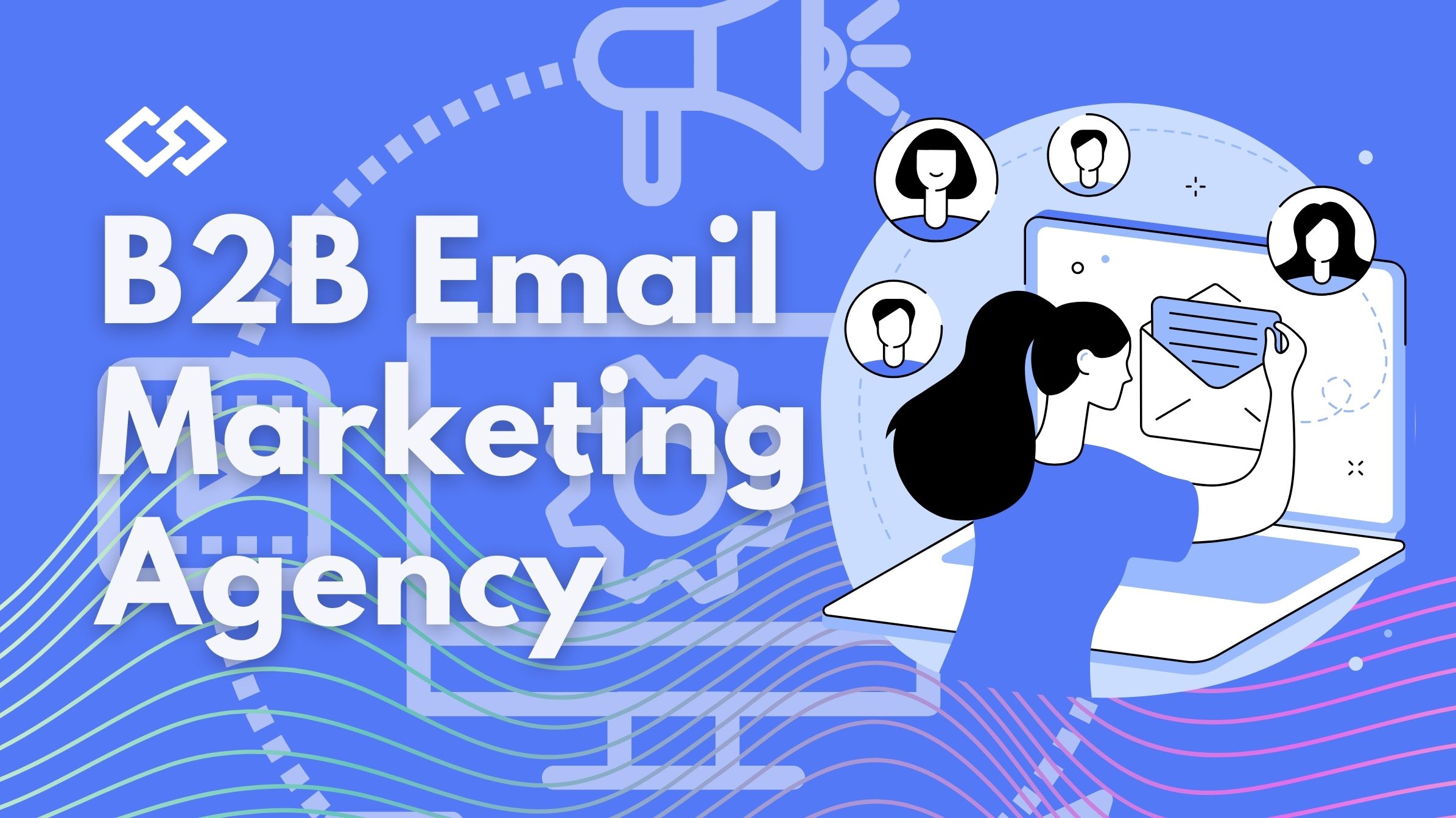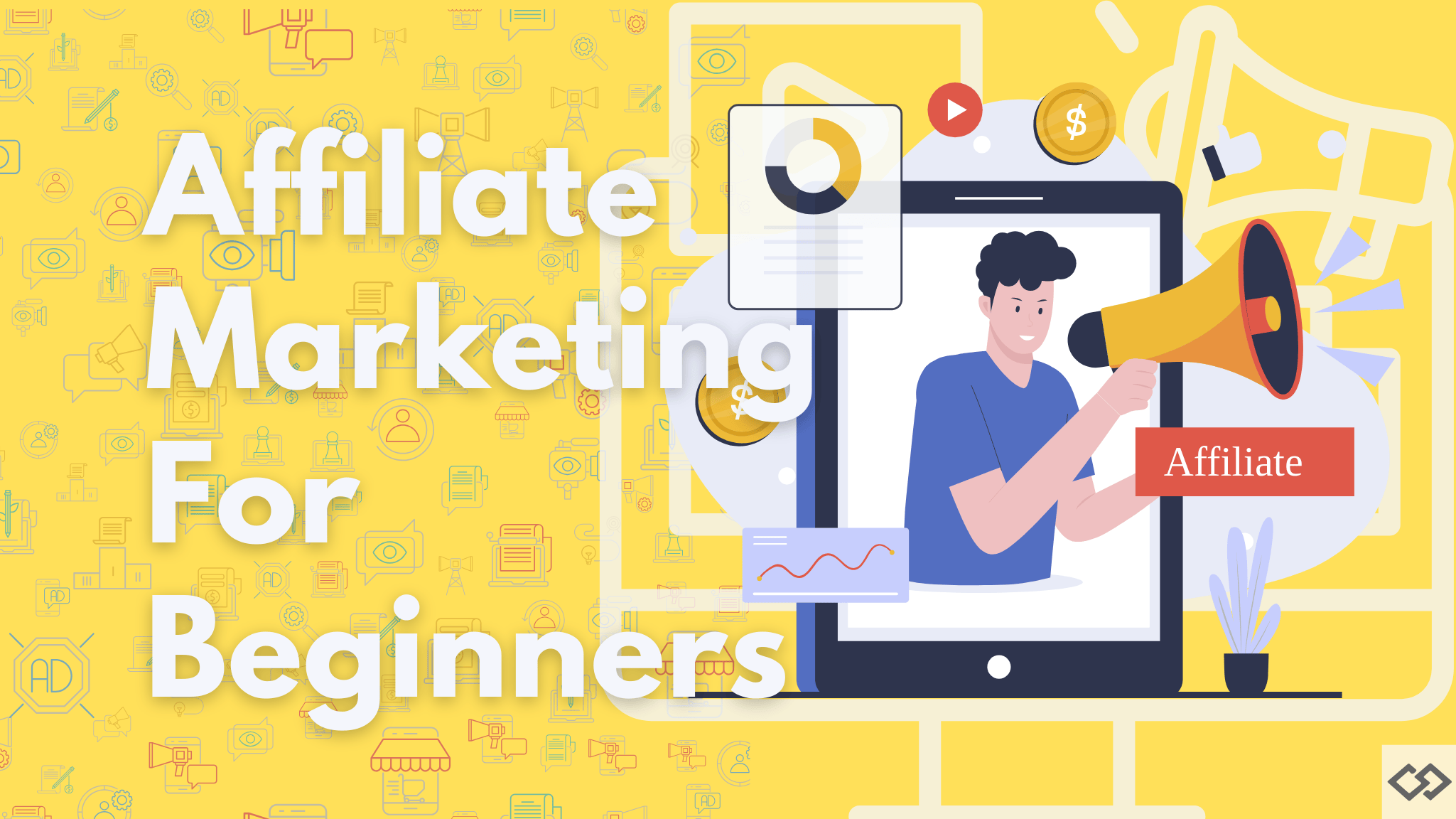Organic Growth vs Paid Ads
Which is better?
In our digital world, we noticed that all businesses face the same challenge: how to grow their online presence effectively and which is better now. Should they go for organic marketing focusing on building a natural audience? But it takes over time. Or should they go for paid marketing, which offers immediate results through advertisements? Both approaches are essential to serve different purposes and provide unique benefits. By understanding their strengths and weaknesses and how they can complement each other, businesses can craft a powerful strategy to achieve their goals. The debate between organic and paid advertising may continue, but most marketers agree that both are crucial for a complete digital strategy. Paid advertising helps you quickly reach a specific audience; on the other side, organic marketing builds long-term relationships and trust with your followers.
Let’s look at how these two marketing strategies compare in detail.
Organic Growth
Organic growth means getting people interested and involved without paying for ads. This includes making fun or helpful posts, using tricks to make websites easy to find (SEO), and talking with people on social media. It is about being real so people trust and like you for sharing good stuff without paying. These ideas don’t cost much; they need hard work and intelligent thinking. Organic growth also focuses on getting people to join naturally because they enjoy what you share.
Costs less than paid
Organic marketing is cheaper than paid ads. For example, you can start a YouTube channel for free and upload videos to attract viewers. Even if you spend $100 to create a high-quality infographic, it can be shared by thousands of people over time, bringing in new customers without any additional costs.
Organic provides a strong and lasting foundation.
Paid ads stop working when you stop paying, but organic marketing keeps bringing in traffic even when you’re not running ads. By creating good content, engaging on social media, and using SEO, your business can get new leads and grow without relying on ads.
Build relationships.
While paid ads help target the right people, organic marketing builds strong connections with them. When people find your helpful content that solves their problems, they trust your brand more than they would from just seeing an ad. These relationships make them more likely to buy from you with less convincing.
Marketing gives a better return on investment.
Organic marketing saves money over time. For example, investing $300 to produce a detailed instructional video can attract viewers and customers for years, unlike ads that stop working once you stop paying. Another example is creating a newsletter. With email marketing, every $1 spent can bring an average return of $38, making it a cost-effective organic strategy.
Organic isn’t disruptive.
Ads can be annoying because they interrupt people’s experiences online. Organic content, on the other hand, is what people want to see. When your content is helpful and not disruptive, it makes a better impression and has a more significant impact.
Engage with audience.
People today want to connect with brands that feel real and offer value. Organic marketing helps by sharing helpful, fun, or inspiring content. Engaging with your audience through posts, comments, and reviews builds trust and makes people more likely to support your brand.
Organic marketing builds long-term visibility.
Paid ads are great for quick results, but organic marketing is better for lasting success. Creating strong content and building your online presence can attract steady traffic, loyal customers, and returning visitors who trust your brand over time.
Marketing boosts brand recognition.
Only some people buy immediately when they see your content, but great organic marketing helps them remember your brand. When they’re ready to buy, they’ll choose a brand they recognize and trust. Organic content also builds your reputation as an expert in your industry.
Organic marketing helps qualify leads.
Organic marketing answers customer questions and shows them how your products can solve their problems. It builds trust and helps guide them through their buying journey. Happy customers are more likely to return, recommend your brand, and attract more customers.
Benefits of Paid Ads
Paid ads are a powerful way for businesses to proliferate. Using platforms like Google Ads or Facebook, they can instantly reach a large audience or focus on specific groups. One significant advantage is that paid ads make measuring how well they’re performing easy. Tools like Google Analytics or Facebook Insights let businesses track results, calculate profits, and improve their plans. Paid ads also provide valuable information, such as how many people click on the ads and who those people are. This helps businesses make smarter decisions and create better-targeted ads for better results.
Paid ads quickly get your business noticed.
When people know about your business, finding customers can feel impossible. Paid ads solve this by helping your brand stand out quickly. For instance, 51% of people use Google to search for what they need, and 49% say Google helps them discover products they didn’t know they wanted. With paid ads, your business can appear at the top of search results, getting in front of the right audience instantly without waiting for organic content to grow.
You can track exactly where your sales come from.
Paid ads make it easy to see what’s working. With tools like Google Analytics, you can find out how many people clicked on your ad and how many clicks turned into sales. This means you can focus your budget on the ads that perform best and use that knowledge to improve future campaigns.
Measuring ROI is simple.
Because you can see the connection between clicks and sales, it’s easy to calculate how much profit you’re making from your ads. For example, if ten clicks lead to one sale, and you know how much that sale is worth, you can quickly determine if your ad is profitable.
Paid ads are quick and easy to set up.
Platforms like Google, Facebook, and Instagram make it simple to launch paid ad campaigns. Even if designing the perfect ad or landing page isn’t your strength, you can hire professionals to create compelling content that attracts and converts customers.
Paid ads complement other marketing strategies.
Paid ads don’t work alone—they pair well with organic marketing like social media posts, email campaigns, and SEO. You can use ads to boost your organic reach and reinforce your overall marketing strategy.
You only pay for results:
With pay-per-click (PPC) ads, you only pay when someone clicks on your ad. This makes it easy to experiment without a substantial upfront cost. If your ad doesn’t perform well, you can stop it without losing much. Once you find what works, it’s simple to scale up.
You control your traffic:
Paid ads let you manage how many customers you get. If you’re overwhelmed with orders, you can lower your ad spending. If you want more customers, you can increase it. While ads give you control over traffic flow, they don’t always guarantee the perfect timing. This is one area where organic content shines, offering a long-term advantage.
How much does paid marketing cost?
The cost of paid marketing can vary greatly depending on the platform, keywords, and industry.
For example, some highly competitive keywords on Google Ads can cost over $100 for a single click, while less competitive ones may cost just a few cents. On average, businesses pay about $2.69 per click on Google Ads. However, industries like Finance or Insurance might see costs as high as $20 per click. Meanwhile, on Facebook Ads, the average price per click is lower, around $0.35.
Your location also affects costs. For instance, advertising winter jackets might be cheap in warm countries near the equator, with less demand.
Another cost to consider is hiring help. If you’re not experienced with PPC or Facebook ads, you might need to hire someone who is. Experts can help you avoid wasting money on clicks from the wrong audience and ensure your ads bring in good results.
Every click costs money, so targeting the right audience is essential to get the best return on your investment.
How to utilize both :
Combining organic marketing and paid advertising can be a game-changer for growing your brand. These two strategies complement each other, creating a powerful approach to reaching your target audience, boosting visibility, and driving results. Using them together can achieve both short-term wins and long-term success. Here’s how to make it work effectively.
Share Data Between Paid Ads and Organic Strategies
The best results come when your organic marketing and paid advertising work as a team. For example, if you use SEO for your blog posts, the keyword data you gather can also guide your paid ads. Similarly, data from your ad campaigns, like which keywords perform best, can help you optimize your organic content.
Let’s say a Google AdWords campaign shows a specific keyword is driving clicks and sales. You can use that keyword in your blog posts, social media captions, or video content. This way, your organic efforts and paid campaigns align, making your marketing seamless and practical
Use Paid Ads to Amplify Your Best Content
Even the best organic content sometimes needs a boost to reach a larger audience. That’s where paid advertising comes in. You can drive more traffic and engagement by promoting high-performing blogs, videos, or social media posts with paid ads.
For example, if you have a blog post offering great tips and getting good organic traffic, you can run a Facebook or Google ad to bring even more people to it. This not only increases organic engagement but also helps establish your digital presence.
Improve Timing with Analytics
Paid ads can also help you determine the best times to post your organic content. You can schedule organic posts during those same peak hours for maximum visibility by analyzing when your ads get the most clicks or conversions.
For example, if your paid advertising shows that your audience is most active on Tuesday evenings, you can post your blogs or social media updates then. Aligning your organic and paid efforts ensures you’re reaching your audience at the right moment.
Build Trust and Authenticity with Organic Content
While paid advertising gets quick attention, organic marketing helps build lasting trust. People who engage with your helpful, authentic content are more likely to trust your brand. Paid ads can be used to draw people in, but the organic engagement keeps them coming back.
For instance, you might use a Google ad to drive traffic to a detailed blog post or a helpful video. Once there, the value and authenticity of your content will encourage users to explore more of your site, sign up for your newsletter, or make a purchase. This combination creates a stronger relationship with your audience.
Use Organic Data to Shape Paid Campaigns
Your organic marketing data is a treasure trove of insights for planning paid ads. Find which blog posts, videos, or social media updates drive the most traffic or engagement. You can then create ads based on that successful content.
For example, if a post about “budget-friendly travel tips” performs well organically, you could run an ad promoting that post or create a similar campaign targeting people interested in travel. This approach ensures your paid advertising campaigns are based on proven success, maximizing your campaign performance.
Balance Long-Term and Short-Term Goals
One of the biggest challenges in marketing is balancing quick wins with sustainable growth. Paid advertising delivers immediate results by driving traffic and increasing visibility right away. Organic marketing, on the other hand, takes time but builds a strong foundation for lasting success.
A great example of this balance is a new business using paid ads to promote its services while creating high-quality blogs and videos for long-term SEO benefits. Over time, as the organic content starts to rank and attract traffic, the business can reduce its ad spend and rely more on the low-cost strategies of organic marketing.
Align Marketing Channels for Maximum Impact
Your paid and organic marketing channels should work together, not separately. For instance, you can use paid ads to bring people to your website, where they can sign up for your email newsletter—an organic marketing channel. Once subscribed, you can nurture them with valuable email content and encourage them to return to your site.
This approach ensures all your efforts are connected, strengthening your digital presence and more effective.
Overcome Limitations with an Integrated Strategy
Each strategy has its strengths and weaknesses. Paid advertising can get expensive over time, while organic marketing requires patience. By combining the two, you can overcome these limitations.
For example, a small business launching a new product might use paid ads to generate immediate buzz while working on organic blog posts and social media content. Over time, the organic strategy will reduce the need for constant ad spending, creating a more sustainable approach.
Real-Life Success Stories
Many businesses have seen great results by combining paid advertising with organic engagement. Take a fitness brand, for example. They might run ads for a seasonal discount on workout gear while simultaneously posting workout tips and tutorials on Instagram. The ads drive immediate sales, while the organic content builds a loyal community over time.
Another example is a tech startup that uses metrics analysis from its paid campaigns to refine its blog strategy. By focusing its organic efforts on the topics that perform best in ads, it creates a unified marketing approach that delivers consistent results.
Making Smart Decisions for Business Growth
To maximize the combination of organic marketing and paid advertising, you need to make data-driven decisions. Review your performance metrics regularly to determine what’s working and adjust your strategy accordingly.
For instance, if your paid ads show that young professionals are clicking on your product, you can create organic content tailored to their interests. This improves the effectiveness of your marketing channels and helps you connect with your target audience on a deeper level.
Final Thoughts: A Powerful Combination
Paid advertising and organic marketing can create a well-rounded strategy that drives immediate results while building long-term success. Paid ads help you reach your audience quickly, while organic efforts build trust and keep people engaged over time.
By combining the two, you can achieve a balance that strengthens your digital presence, improves campaign performance, and supports sustainable business growth. Whether you’re just starting out or looking to take your marketing to the next level, this integrated approach can help you succeed.





